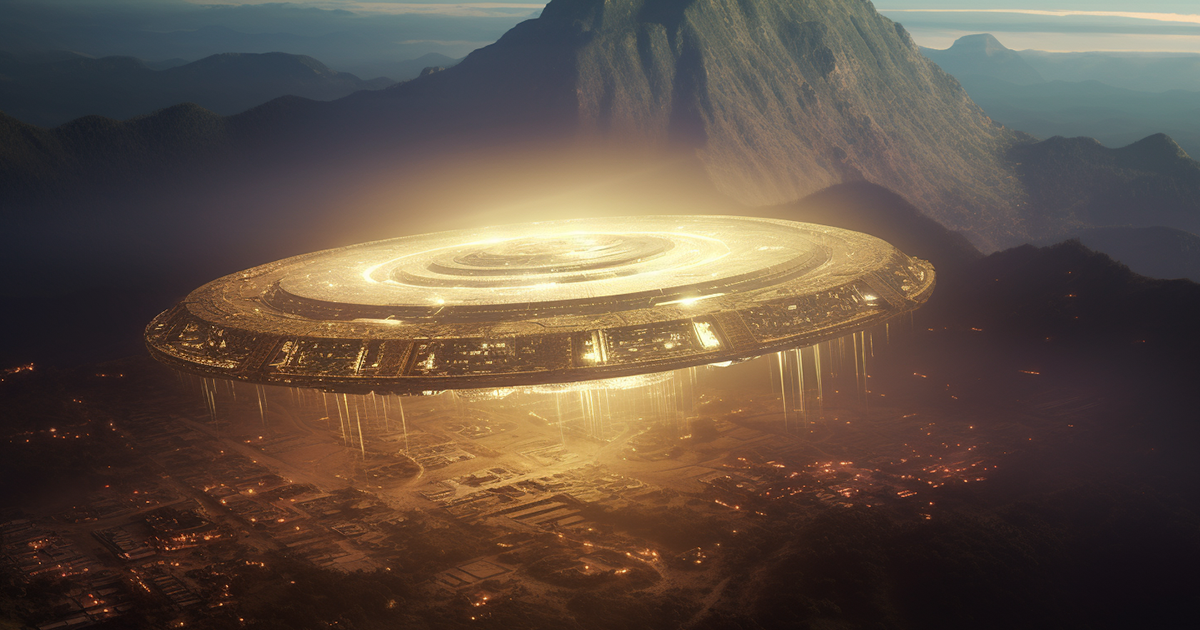In the breathtaking Andes Mountains of Peru, lies Cusco, a city steeped in history and tales of old. Once the grand capital of the Inca Empire during the period spanning the 13th to 16th centuries A.D., Cusco holds within its embrace a trove of secrets that still bewitch archaeologists and aficionados alike. Among the marvels that grace Cusco, Sacsayhuaman looms large, a testament to the ancient genius that once reigned in the region.
Perched high above Cusco, Sacsayhuaman stands as a megalithic wonder, a complex ceremonial hub that has long puzzled scholars and travelers alike. At its heart lies a mesmerizing zigzag wall crafted from colossal stones, some weighing a staggering 125 tons and hauled from a quarry situated at a distance of at least three miles away. The precision with which these stones were placed is so immaculate that even a dollar bill fails to slide between the blocks.
While it was conventionally believed that the Inca civilization, less than a millennium ago, erected Sacsayhuaman, a more intriguing hypothesis has surfaced, proposing that the Inca simply enhanced an ancient structure built by a far older civilization. Early Spanish chronicles even recount the Inca disclaiming credit for Sacsayhuaman, asserting that the site predated their reign.

A cadre of scholars now contends that Sacsayhuaman predates the Inca by millennia, prompting queries about how a preceding civilization possessed the technology and sagacity to raise such a remarkable edifice. The stones forming Sacsayhuaman are metamorphosed limestone, significantly harder than the bronze tools available to the Inca.
An analysis of the construction techniques reveals a stark contrast between megalithic building practices, known for their perfectly interlocking stones, and Inca construction, which relied on stacking stones with mortar. Should Sacsayhuaman indeed precede the Inca, as they professed, then who were the enigmatic minds behind this ancient marvel?
Rich with legends and folklore, ancient Inca narratives allude to beings descending from the heavens in primordial epochs, imparting wisdom to the denizens of Earth. This tale strikingly resonates with the contentious ancient astronaut hypothesis, suggesting that humanity, guided by extraterrestrial entities, may have been the true architects of Sacsayhuaman.
The mystery enshrouding Sacsayhuaman continues to test the boundaries of our historical and archaeological comprehension. As we unravel more about this exceptional site, we are compelled to ponder the prospect that the annals of our planet may have been steered by influences beyond terrestrial realms, as alluded to in the ancient Inca lore.
Nestled amidst the grandeur of the Andes, in the heart of Cusco, Sacsayhuaman stands as a silent sentinel of a bygone era veiled in enigma and fascination. It stands as a poignant reminder that our historical tapestry is an intricate weave where the strands of human ingenuity and cosmic intervention may forever intertwine.
